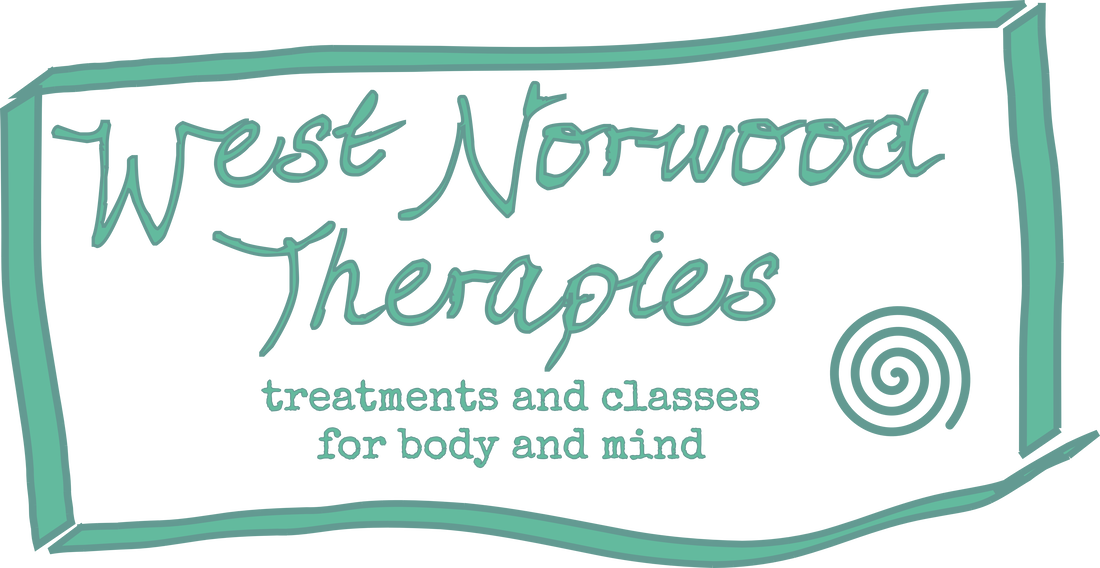|
As Mihaly expands his treatment repertoire to include Dissolve therapy, an empowering method for 'dissolving' tension and stress in the body, he is offering 10 clients (and colleagues if we're lucky;-)) treatments for £20 - more info on this deal below. Please contact Mihaly directly interested, find his contact details here 🌟 Experience Bliss with Dissolve Therapy for just £20! 🌟 🌿 Say goodbye to tension and hello to tranquillity with a new healing modality! 🌿 Discover Dissolve Therapy, where hands-on techniques melt away stress and invite serenity into your body and mind. Let me guide you through releasing tension pockets and embracing spaciousness within. 🔍 These sessions offer you the chance to cultivate a new response to daily stressors: finding space and release within. 🔍 In Chinese medicine, stagnation and ‘stuckness’ are seen as the root of suffering, but Dissolve Therapy clears those internal dams, restoring equilibrium and bliss. And the best part? You remain fully clothed throughout the session! This limited offer is for 10 lucky individuals to enjoy 2-3 sessions each at an incredible price of £20 per session. Don't miss out on this massive discount from the usual £100 rate! 🎉 Why the amazing deal? 🎉 As an established Acupuncturist and Massage therapist, I've discovered the transformative power of Dissolve Therapy. While I'm still training to become an official Dissolve Therapist, your support helps me grow, and your feedback fuels our journey together towards wellness. Please leave a review at the end. By supporting me in completing my training, you are also helping your family, friends and neighbours. 🙏 Ready to dissolve tension and embrace tranquility? Book your session now! ✨ More information from the source: https://www.dissolvetherapy.com/ Please contact Mihaly directly if you are interested, find his contact details here
1 Comment
Massage therapist Erika Zettervall shares an update on her experiment to see if running can help with depression and low motivation. Here she shares how this is going over the depths of winter and the effect it is having on her life. Still running
In my previous blog I had just taken up running regularly as a vehicle for keeping mind and mental state in good health. So here is a little update a few months along deep into mid-winter. I am still running - three times most weeks, for about 40 minutes and really enjoying it. The after-effect of brightness and energy in mind and body, even if the actual run sometimes felt like hard work, is really very nice. It definitely has been harder to get up when it’s dark and out of the door in the mornings during the winter. North is in my blood so temperature is not a deterrent and frosty ground a more pleasant experience than the mudslides our parks often turned into this time of the year and I also quite enjoy getting out in bad weather, better running than walking in the rain. Then afterwards it’s so nice to get back in and indoors feels lovely dry and warm. It’s more the general tiredness of January and winter with its short days, a time when, if possible, it’s okay to linger a little longer in bed and take it a bit slower. This coming week, February 1st, marks the halfway point between winter solstice and spring equinox. This day is also called Imbolc or st Bridgids day. From now on the acceleration in daylight per day is becoming more noticeable week by week. Amusingly, this day has lately gain notoriety due to an increased interest in old Irish and Gaelic traditions, a side effect from the many Brits looking into Irish roots in pursuit of a passport in the wake of Brexit and is now celebrated in several places in London. When it comes to avoiding slipping into depression, one of the purposes of the running regime, it is obviously impossible to know and compare how I would have felt if had not been running regularly. The dread and despair that I often experience around this time of the year, so familiar and recognisable I know it will pass, like a winter season of mind, but sometimes it sticks and turns into depression. This year it feels okay. The structure of running is helpful and having regular dose of joy and satisfaction from keeping up with the commitment is good mood boost but the sense of strength and vitality is the biggest benefit I experienced so far. We have three practitioners at WNT who use acupuncture in their treatments. They each have distinct approaches so to help you decide who would best fit your needs we have asked them some questions about how they work and who they work with. There are 3 acupuncturists at WNT, please can you share a bit about your individual approach or style of acupuncture? 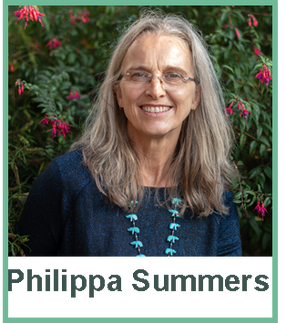 I practise East Asian Medicine (EAM), an umbrella term for many different styles which include my initial training in Traditional Chinese Medicine and 5 element acupuncture with subsequent courses in other styles including Master Tung, Channel Palpation and ear acupuncture, each with their own strengths. Training in TuiNa massage really changed how I work, and it was during that time that I started incorporating more hands on approaches to diagnosis and treatment. Broadly, EAM can be used to focus internally on physiology in a holistic way looking at how the different systems interact and impact on a physical, mental and emotional level. It can also be used to look at the body in a more structural way, focussed on the musculoskeletal skeletal system, but still taking into account the background physiology that nourishes the muscles, bones, tendons, ligaments and joints. My training particularly in fertility and musculoskeletal acupuncture has incorporated more western concepts and diagnostic approaches, but EAM is at the heart of how I work. 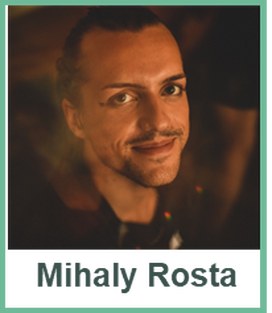 My approach is to deepen and utilise the mind-body connection which is done by bringing my decade long Tai chi and meditation practice into the treatment room. Whether it is acupuncture or martial arts, we always aim to create a good flow in the body and mind, as stagnation or being stuck is seen as the root of suffering. So my treatments are often described as a calming flow between Acupuncture, massage and gentle guidance. Thus working on both the Body, Mind and Energy (QI) of the person.  I practice what is known as Dry Needling or Medical Acupuncture (DN/MA). This is an approach used to treat musculoskeletal problems. When I think it may be beneficial to use needling during a massage session I will discuss with the client first and use it in combination with soft tissue work (massage). I will massage the area first to detect where the needles are required and usually leave them in place for 20 minutes or longer if needed. I use DN/MA in approximately 50% of my treatments. I am foremost a massage therapist and I am aware that when people book a massage, that is what they want. I also respect that some clients have a fear of needles although I am happy to say I have introduced DN/MA to a number of clients over the years who have been converted when they feel the benefits of a needle versus my elbow! What kind of clients do you mostly treat?  I treat a wide variety of conditions but since qualifying most of my additional training has focussed on four main areas which in turn determines the type of clients I mostly treat:
So, I see a lot of women for gynae issues like painful periods, PMS, menopausal symptoms, through pregnancy right up to the birth and beyond and a very wide range of fertility issues. This may be support conceiving naturally or while going through ART procedures like IVF and FET, often with background diagnoses like endometriosis or PCOS. I also treat a lot of people with headaches, migraines, musculoskeletal conditions like sciatica, back and knee pain, often chronic recurrent conditions. I tend to refer athletes and sporty people with more acute conditions to Tessa. I have built up good peer support and referral networks in the key areas on which I focus and that is so important in getting help with more challenging cases and signposting clients in the right direction if I can’t help them.  Although I see people with a wide range of health complaints, the most frequent conditions that I treat (and have success with) are anxiety, stress, nerve related pain, sinusitis and digestive issues. I am also happy to say that I see a fairly equal amount of man and women (and everyone in-between). I am really happy to see that men reach out and attend to their mental health needs.  I use DN/MA on all types of clients. From those with migraines or neck/shoulder/back pain to muscle tears. From young semi-professional footballers with injuries to more mature clients to assist with pain relief and rehabilitation from many conditions including Osteoarthrititis and hip/knee replacements. Again I only treat with needles if the client is happy to. What do you enjoy about using acupuncture to work with clients? 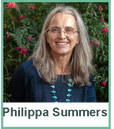 I love how very different we all are and feeling a connection with people. Everyone brings their own personalities, strengths and struggles, and it feels vitally important to get a sense of each person and what treatment means to them in order to treat effectively. That spark of connection is so important whatever people are coming for. There is invariably an emotional element to some degree, sometimes a key focus, sometimes more in the background. Acupuncture with its holistic approach and focus on mind, body and spirit offers a versatile framework. It is so good at helping to achieve a sense of peace in our often hectic city lives, where that reset into more 'rest and digest' is a key element for healing. Whether people come with pain, with mental health struggles, wanting to start or grow a family or for another combination of reasons acupuncture offers a way to assess and address the physical and emotional together, and also to regulate the many complex interactions within our body as a whole. I like that approach, it makes sense to me to treat the body as the unified, interactive, self-regulating system and gently nudge it towards a more healthy balance.  I really enjoy seeing the change that I help to facilitate in my clients. It's amazing how people can leave behind pain and find more comfort within themselves. Love seeing people's attitudes and priorities change about their own health as that is what makes the "healing" sustainable. Oh and I must say that I love treating new things that I perhaps have never seen in person before. It's fascinating to see how the two of us can unravel what is the ongoing behind the labels of disease.  I enjoy seeing the positive results of DN/MA when used on my clients. It also gives me the freedom to multitask if there are a number of areas of the body I need to work on in one treatment. For example I can use needles in the neck and shoulders while using massage on the legs. DN/MA doesn't work for everyone but I've had some amazing results and responses from clients. I used one needle on a hamstring tear in one session and the client had no further pain. My favourite response to the suggestion of using DN/MA being "ooh needles, yeah. I can feel it whooshing through my shoulders, it's fantastic. Love it!" You can book online with Philippa, Mihaly (aka Mike) or Tessa or contact them directly if you would like any further information. NB: Sessions with Philippa or Mihaly begin with a 90minute session to allow for a longer consultation (sometimes on zoom) while with Tessa acupuncture needling is something that is incorporated into her regular sports massage treatments.
WNT founder Jennie Duck shares some thoughts around how light impacts our environment and what that means as we embrace the transition of autumn. My husband and I play a game in our house: I come into a room and turn the lights on, he comes in and turns them off. He is driven by environmental concerns, an aversion to waste and the cost of electricity. My drive is simpler and more visceral: happiness.
Light makes me happy. Different lights make me feel different types of happiness - a misty morning with the sun breaking through fills me with optimism and ideas for the day or an urge to take photographs of the beauty it shows up. Late afternoon light is more peaceful than the morning and speaks of socialising more than doing - beer gardens, barbeques or tea and cake depending on my age and stage. Soft lighting makes me feels safe, cosy, reflective, nourished. A bright kitchen light makes me want to put music on and engage with my family, while a darker room makes me feel like retreating and dampens my energy. I love the role that lighting plays in a therapeutic setting. My friend used to talk of 'entering the womb' when she came for a massage and I believe that plays no small part in the nourishing effect of a session at WNT or another thoughtfully lit treatment space. You are invited to slow down, to stop and retreat for a while. This entering into such a space reminds me of Autumn, a time of transition from long, bright, energetic days to short, dimmer, more slothful days – getting ready to enter the womblike winter where so much of the world around us is curling up to sleep. How does this transition sit with you? Are you like me and derive some of your inner spark from the light around you? Or are you more ambivalent about the role light has on your inner world? How do you adapt around this time of year? For me this time of year needs a conscious shift, a letting go and starting to prepare for hunkering down. In our home it means adjusting the lights we use in each room to make it cosy rather than bright, getting some candles out and replacing the bulbs in my salt lamps. We will also start to light the fire soon, which in our house is our primary heating source, and that brings with it extra cosiness and a particular type of restorative, wholesome, vital light and warmth. And pretty soon my husband and I will start a new game with the boost button on the central heating… Massage therapist Erika Zettervall has embarked upon an experiment: can running help with depression? In this inspiring blog she shares her journey so far and some helpful resources for anyone interested in exploring whether running might be a good option for yourself in improving mental wellbeing. I have taken up running again, this time conducted as a little experiment to see how - or if - it affects my state of mind. Bluntly put, I’d like to see if it works to combat depression. My state of mind has been a bit low and dull, feeling uninspired and finding it hard to make decisions as well as difficulty concentrating. Perhaps that’s normal sign of ageing or symptomatic of my lifestyle with increased screen time and social media indulgence. According to psychiatrist Anders Hanson, running 30-45 minutes 3 times a week at 70% effort for at least 6 weeks would create changes in the brain that help with depression. My understanding is that there is a substance produced in the hippocampus and cerebral cortex in the brain called BDNF (Brain Derived Neurotrophic Factor) that protects, repairs and stimulates new brain cells. Having low levels of this substance is associated with depression. Medication increases these levels as does exercise. I have taken antidepressants in the past and found them helpful to some extent but not really making much difference long term and at this point it doesn’t feel necessary to seek them out. So, after finding a book on my bookshelf in the great unread section by Dr Anders Hansen writing about the benefits exercise in general, and running in particular, has on the brain as well as hearing him speak on Rangan Chatterjee’s podcast, Feel Better Live More, episode 38, I decided to give it a go. A simple explanation for these benefits is that our biology is still more in line with being a hunter gatherer and not suited for the abundant, convenient world we now live in. Shorter sessions of 20-30 minutes would also make improvements in the functions of the brain such as memory and creativity. The plan is to work up to the 45min sessions and keep it up for 6 weeks and see how I feel and then keep going with three times a week 30-45min sessions. It sounds a realistic and doable plan to have and curious to see how this will take me through the winter. No doubt shorter days and harsher weather will be a bit of challenge. Luckily, I have always liked running when I’m fit enough and I enjoy the striding movement. It’s a nice way to explore an area be it park, wood or neighbourhood. It is also a very accessible and simple way to exercise. No need for fancy memberships, class schedules or expensive equipment. Just put shoes on and go. I like the freedom of that. I am now 4 weeks in and it is a joy. Perhaps it’s the lovely, mild autumnal weather that brings a pep to my step. Starting out being in general good health and having a comfortable walking gait has been helpful (don’t run before you can walk as the saying goes) in having making it very pain free so far. Not focusing on speed or distance makes it very carefree. The first two weeks I went for 20-30 min sessions and this last week increased it to 45 min a couple of times.
As to how my mind is: Feeling a lot more inspired than I did a couple of weeks ago, but if that is down to the actual running or to setting and following a plan it’s hard to say. Having an intention with what you do, whatever it is, is also one of these things in life that can shift the mood.
WNT founder Jennie Duck shares her love of river swimming and how she overcame her hesitations to get in the water this year. I live in Scotland right by the river. It has always been a fantasy of mine to live right by a river – a swimmable river – and sometimes I have to pinch myself to know that this is in fact my life. Normally I am itching to get in for my first swim of the year and this has been as early as April in our 5 years here. I have fantasies of going for a dip every day of the year at some point, but with young children and various life demands I am not aiming to achieve this anytime soon. But over the summer months I love to go in for mini-dips, mega-dips, paddles and full submersive swims. But this year I haven’t wanted to! With this theme of swimming for our summer news I volunteered to write about my first swim of the year and promptly regretted it when I realised that it would involve, well, going for a swim. I have a 9-month-old baby now as well as a 7yr old home-educated child and time has become so hazy and precisely precious all at once. We still live like in lockdown, we are both self-employed working from home and being alone is a hard thing to find at present. Having a shower now constitutes self-care time and I find myself having to choose between things that I used to value as daily activities. I can do some yoga OR tend to my veg patch. I can wash my hair OR go for a run. Swimming in the river involves a change of clothes, a short walk and a shower – that’s like 4 days personal activities all in one.. 😉 I kept thinking of the benefits I get from swimming outdoors – the freshness, the absolute presence in nature, the warm glow afterwards, the sense of achievement – and wondering when I would find these more urgent than a bit of time on my yoga mat or rescuing the beetroot from the weeds. It didn’t come – but my family did! I come from a family who grew up swimming in rivers and the sea. My mum used to say, “I’m always happy by water” and perhaps as a family of Ducks it is no surprise that we are all energised and nourished by water and being in it.
This was a different experience than the solo experience which boosts my emotional, mental and physical health by the combination of headspace, nature, exercise and freedom. This was fun, community, connection, joy, sharing AND nature, exercise and freedom!
As I read the interviews Tessa has done with her swimming clients and Philippa’s input on swimming around perimenopause, I can see the place for doing these things in community, for the joy that can only come from sharing and doing things together. The poet Ross Gay writes about his experience focusing on delight and joy “Which is to say, I felt my life to be more full of delight. Not without sorrow or fear or pain or loss. But more full of delight. I also learned this year that my delight grows—much like love and joy—when I share it.” Then I read Erika’s words on our senses and understand that I still want to go for my solo swims, to nurture my interior landscape as well. Maybe the weeds can defeat the beetroot this year and I can get in an extra few dips… Sports massage therapist Tessa Glover interviews her client Emily Hayter who is a competitive swimmer who trains with Spencer swimming club. Emily shares how she approaches training and competing and encourages us that swimming can be taken up at any age and stage. Thanks for sharing Emily!  How long have you been a competitive swimmer? I always loved the water and I swam competitively for a few years in my early teens while I was living in Canada. I swam on and off on my own after that but was mainly keeping active through other things. After a 17 year break from club swimming I joined a Masters club, Spencer, in London in my early 30s and started competing again. How did you come to choose your preferred swimming stroke and distance? It's changed since I was younger, partly due to injuries (eg no breastroke because of my knees so no medley events anymore). The only one of my favourite events from when I was younger which I'm still doing is the 50m butterfly. One thing that's great about pool swimming is you learn and practise all four strokes, so everyone finds their own favourite. Aside from the 50 fly I race all freestyle, everything from 100m to 1500m. This year I'm also doing my first open water event which will be 3800m. At some point I might need to choose between the short and long distances though, as it's difficult to train for both at the same time. What do you love most about swimming? What does it give you? As an adult, swimming in a club has brought me back to a regular fitness schedule, guided by a coach and in the company of great fellow swimmers. I get so much more from it than I was getting just from going to the gym. I've also made new friends and started going on swimming trips like training camps at Club La Santa in Lanzarote and sea swimming holidays in Italy with SwimTrek. I feel inspired by the older swimmers in Masters, many of whom are still racing and setting records in their 60s and beyond. Club swimming has brought me great examples of how to stay fit in later life. What's the toughest part of training for a competition? I've always been more of a training person than a racing person. I like training and usually go 3 times a week with Spencer. Some people are the opposite, they love racing but not so much training. The unpredictability can be tough in both training and racing. You have good days and bad days in the pool, and they can be quite random (ie not linked to diet, rest etc) which can be discouraging. So trust and confidence in the training you've been doing throughout the year is important. There's also a lot of technique to think about in swimming, and we work on that all the time. It's difficult to change ingrained habits and patterns of movement, and it takes patience. I usually find that as soon as I fix one technique detail I start doing something else wrong! So it's a continuous process. Can a swimmer get into competitive swimming as an adult? Definitely! I know several people who only started doing lane swimming or learned all the strokes as adults and then got into competitions, either in pool/Masters swimming, open water or triathlon. At my club not everyone competes in pool competitions, some people do triathlon or open water and others just train for fitness and don't compete at all. How do you look after yourself physically and mentally? I do pilates a few times a week, which helps with management of old knee and back injuries that would otherwise prevent me from swimming. Swimming encourages me to do these types of conditioning exercises I should have been doing before but wasn't motivated to do. I used to do yoga but after learning more about hypermobility I swapped to pilates and find it better for me. I also go for massages with Tessa at WNT which really helps me manage a neck issue I've developed. I'm lucky to have generally good mental health. I try to maintain it through exercise, work/life balance, social life and occasional restorative yoga. I love food and eat a lot but generally pretty healthily. Another thing I should have mentioned that swimming gives me is the excuse for a lot of snacking.
How long have you been a swimmer and when did you discover the joy of open water swimming?
Although I learned to swim as a child I only took up Open Water swimming aged 51. As my youngest son finished his A levels, I found myself with more time at weekends. I know you consider yourself to be a slow swimmer compared to others but you are a strong endurance swimmer. When did you discover that you can swim long distances? And what’s the key to endurance swimming? After a few 1 mile (1.6km) lake swim events I decided I wanted to take on bigger challenges, so next up was a 1.9km then a 3km swim. I couldn't find anyone to join me for the Jubilee river 10km relay and ended up signing up to swim solo instead. It was at this point I decided I needed some swim coaching so joined Windrush Triathlon club, a multi-sports club in south London. After the Jubilee marathon I did several other long distance swims and also went on some open water swimming holidays. My tips for endurance swimming are to keep working on your swimming technique over winter, then gradually build up to longer distances in lakes, rivers and the sea as the weather warms up. Experience of being able to handle currents, cooler water and all weather conditions helps a lot. Breathing, technique and cardio fitness combined? Anything else? Relaxed breathing comes with practice and I would also recommend some strength and conditioning sessions and of course regular sports massages. What do you consider to be the main benefits of open water swimming? I experience a huge sense of wellbeing swimming outside. I love the sensation of moving through the water, hearing birds, seeing fish (sometimes) and feeling part of nature. The open water swimming community is extremely friendly and I love the challenge of different water conditions. A sea swim between the same two points will be different every single time so you never get bored. I like to think there are health benefits and I definitely feel more mentally resilient. What advice would you give to people who would like to try lake or sea swimming for the first time? Many venues have introductory sessions so I would try these. Don't wait until you can persuade a friend, as you will meet like-minded people there. For sea swimming I would rely on local knowledge and join online communities. For a first time open water swimmer, what are essential items they should buy/borrow? Essential items are a comfortable swimming costume, a brightly coloured swim cap and goggles. If you want to try a longer swim and/or cooler water, a wetsuit is recommended. You can hire these at many venues if you want to try one out. I bought my first wetsuit second-hand. Make sure it is a swimming wetsuit though, a surfing one will restrict your shoulders. I would also recommend a tow-float unless it is very windy and the first time you swim against the current (outside an organised event), fins can be useful. Margi is Swim Captain at Windrush Triathlon Club https://windrushtri.co.uk/swimming Massage therapist Erika Zettervall explores our senses - the big 5 and some lesser recognised ones that shape our experiences - and suggests some ways of using this to cultivate calm and a richer experience. We have five main senses that we all are likely to be very familiar with and three or four lesser known senses. These are connected to sensory organs.  Our main senses: Vision - eyes Touch - skin Hearing - ears Smell - nose Taste- tongue The lesser known senses are perhaps just ones that have not been incorporated into everyday thinking about senses. There are several and it varies depending on how much you break them down into finer systems and functions.
Balance – the vestibular system – tells us whether we’re in equilibrium or not, and whether we’re in motion or not. We have the inner ear to thank for that one. The sense of pain – nociception – is nerve or tissue damage felt in the skin, joints, bones, and internal organs. Proprioception or position Temperature There is also interoception related to how things feel on the inside for example blood pressure, sense of stretch in the bladder Through external sensory input our brains interpret nerve signals and conjure up a picture that gives us all a unique view of the world. Colour adds a dimension to seeing and we all experience colour differently. The artist Cezanne described it as where the brain and the universe meet. Practicing a wider sensory awareness will create a richness in life and is useful to bring calm and presence. A simple way to bring to ground yourself and reduce anxiety is tuning into the five main senses: What can I see: looking around, pick large or small items to focus on, try to notice the colour, texture, and patterns. What can I touch: notice skin whilst taking palm to palm, fabric of clothes, any object you can pick up and touch, putting hand (or body) into water. What do I hear: near, far, from different directions and volume. What can I smell: you can bring things to your nose but also notice if and what you can pick up from the air. What do I taste: if you don’t have anything at hand think about distinct flavours as you remember them like lemon, coffee, something sweet, Noticing and observing the sensations from the surroundings brings you into the space and present to the moment. It also orientates you into the now, geographically and in time. In addition it will also subtly enrich and broaden any experience. With anxiety we are away worrying about what may or may not happen, sometimes completely fictional but the fear appears real. Becoming present in the moment this way aids the distinction between factual and fictional fears. For example; good to hear a car approaching whilst out walking rather than being away in the mind somewhere else, worrying about things that might or might not happen. Since we have a focus on water and swimming with our blogs from West Norwood Therapies this summer, a suggestion from me is to bring your senses into interactions with water. Apart from taste for obvious reasons. When immersing into water notice the sensations on the skin, sense the texture, temperature and scent. The sea water is very different to a lake or pool in texture, scent and colour. Listen for the sounds both being in, under and around water. If you are by the coast, gaze out at the offing, where the sky meets the ocean. Pay attention to the sounds sounds and smells and you can have an awe-inducing full body/mind experience. Observe water move - be it waves of the sea, swirling brook, big water fall or rain is mesmerising and meditative, adding the sound and smell of it the experience swells. Stepping out just after rain, scenting the petrichor brings calm and joy. Bring your senses to your summer water adventures and see if it will increase experience of awe and joy. Acupuncturist Philippa Summers shares the nourishing effects of our recent team picnic and the ingredients that helped make it. The plan was a midsummer 3 day social / retreat in Scotland, meeting up for the first time in her homeland with WNT founder, Jennie Duck, who manages WNT remotely from rural Ayrshire. After all the social cancellations, postponements and thwarted arrangements that Covid wrought on us all we had thought that this one was in the bag. We meet regularly on Zoom and Jennie makes the occasional trip South, but this was to have been our first trip to see her there since she moved several years ago and our first residential social together. Planned in March, excitement seeded, accommodation reserved, trains booked and therein lay the rub. It wasn’t covid that scuppered our plans it was the train strike. Driving that distance was out of the question with all train traffic moving to the roads so we cancelled. We were all gutted. So, plan B a picnic in Brockwell Park! Sadly no Jennie, of course. And, just to be clear this was a ‘keep it simple’ kind of picnic – not a wicker basket or gingham tablecloth in sight. Bring a sandwich, with the emphasis on getting together and making the most of the sunshine. Lauren, bless her, did however make the most gorgeous lemon and poppyseed cake with gooey tangy lumps of lemon flesh, elevating it up a notch or two! It was a glorious lunchtime together, a modest affair, a chance to catch up face to face. Alas, not quite what we had planned but when life cancels the trains and gives you lemons, make the delicious lemon and poppy seed cake below and have a picnic. If you are not a regular to Brockwell Park do checkout it’s many surprises. The walled garden, the Community Greenhouses, the views of the city from between the café and the tennis courts, the lido, children’s paddling pool and playground. Our beloved park has so much to offer everyone. Enjoy your summer! Lemon and Poppy Seed Cake Serves 10-12 This cake is huge with deliciously tangy pieces of lemon pulp to tantalise the tastebuds, so great for sharing at large summer picnic. Says it serves 10-12 but goes further than that. Not healthy (don’t even look at how much sugar it contains) but hey, once in a while! Ingredients: 7-10 unwaxed lemons (1kg) Wet: 210g unsalted butter, melted 275g buttermilk 145g honey 95g grapeseed or other neutral oil 6 large eggs 1 egg yolk Dry: 530g plain flour 440g sugar 25g black poppy seeds 5g baking powder 5g bicarb of soda 5g salt For the glaze: 250g icing sugar 2 lemons juiced 40g honey Grease and flour a 2.8 litre Bundt Pan. Heat oven to 190C, fan 175, Gas 5. Zest the lemons (outer yellow only), reserving the zest. On a plate to catch the juice, cut ends of each lemon and cut away peel. Remove the pulp from the membranes. Keep all the juice and the pulp cut into 1 inch chunks. Squeeze extra juice from the membranes and discard. This should give about 15g zest, 170g pulp, 70g juice. Top up with extra lemons. That is the fiddly bit done. Whisk together dry ingredients. In a separate large bowl whisk together wet ingredients. Mix wet and dry and stir well to combine. Add lemon zest, pulp and juice and mix well. Pour batter into bundt pan and bake 60-70 mins, checking after 60 mins – press top of cake and it should bounce back. Cool cake in the pan for 45 minutes, loosen with a spatula and carefully turn onto a wire rack, with a wide pan underneath to catch any excess glaze. To make the Glaze simply whisk the ingredients together and then pour over the cake in a steady stream. Leave to set for 15mins. Enjoy! |
AuthorBlogs from the WNT team. For our blogs from before June 2020 please see individual profile pages - it's a good way to get to know practitioners too. Archives
June 2024
Categories
All
|
|
Visit us - by appointment only please - in the office block in the Access Self Storage premises at 443 Norwood Road, London, SE27 9DQ
[email protected] Phone - please contact practitioners directly, or if not in a rush you can leave a message for us to call you back at 07931876931. |
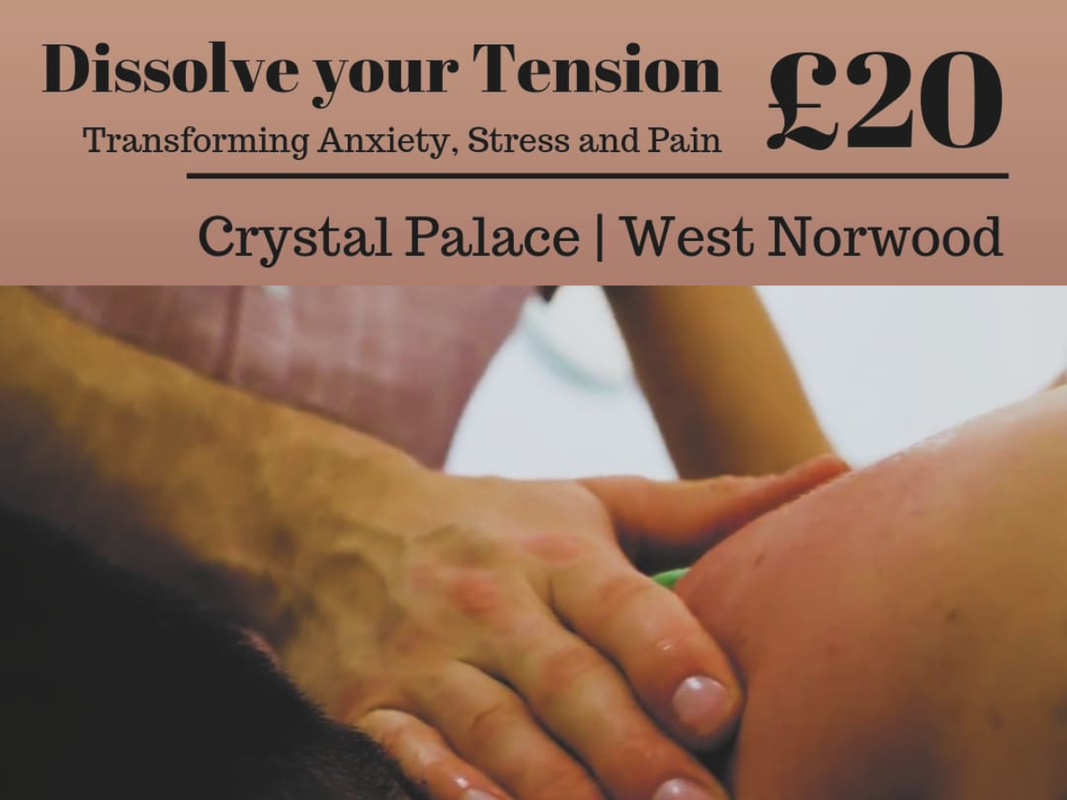
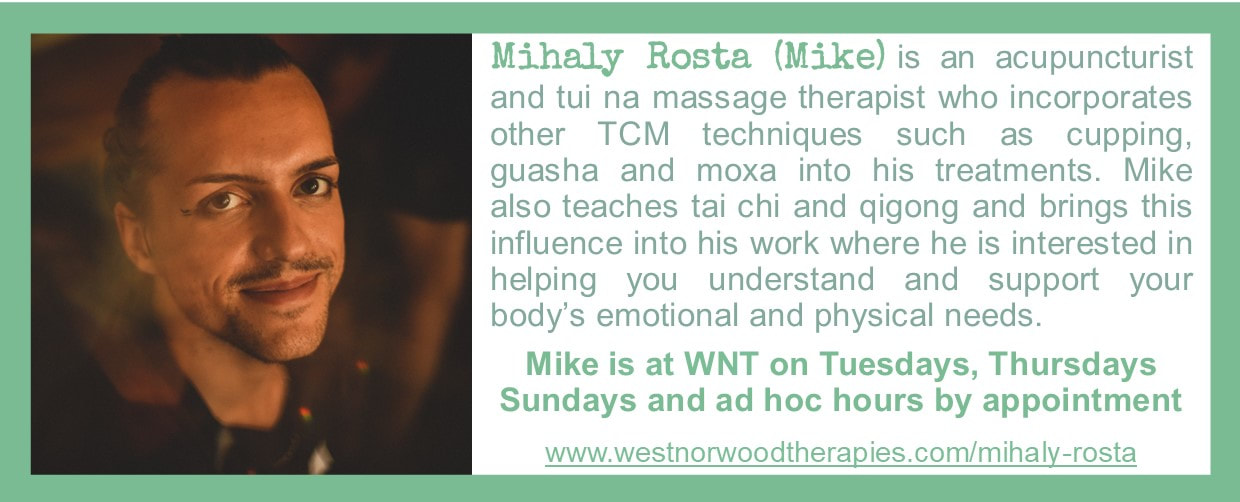
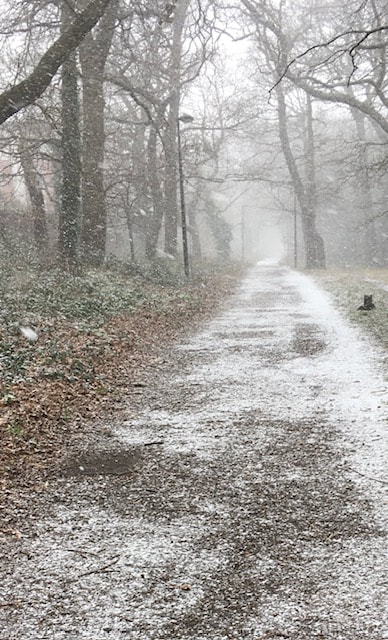
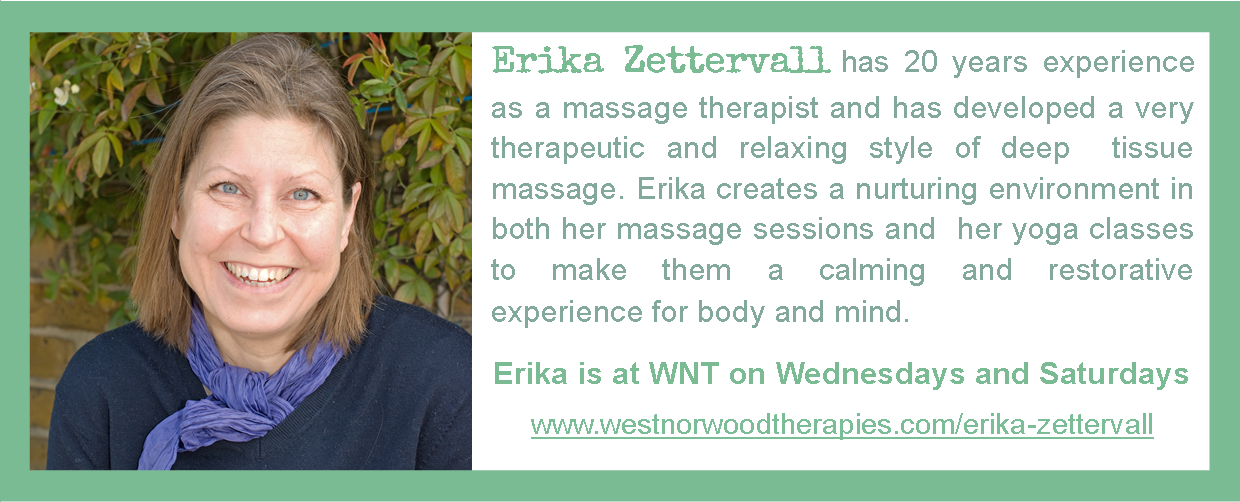
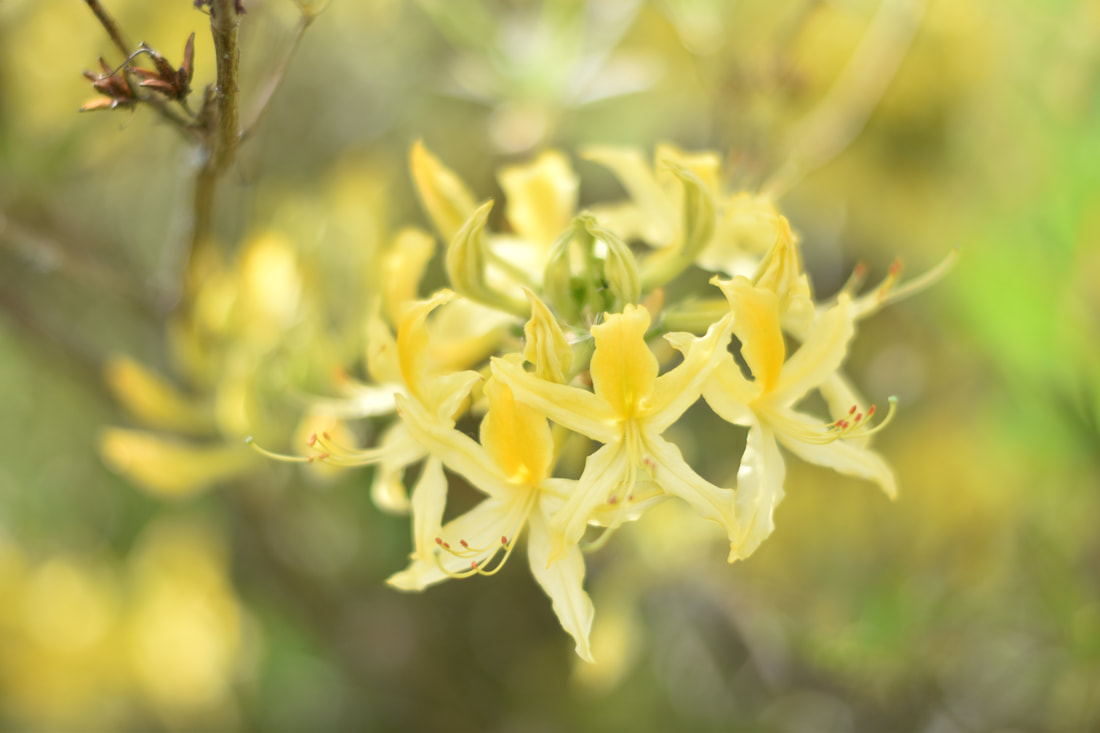
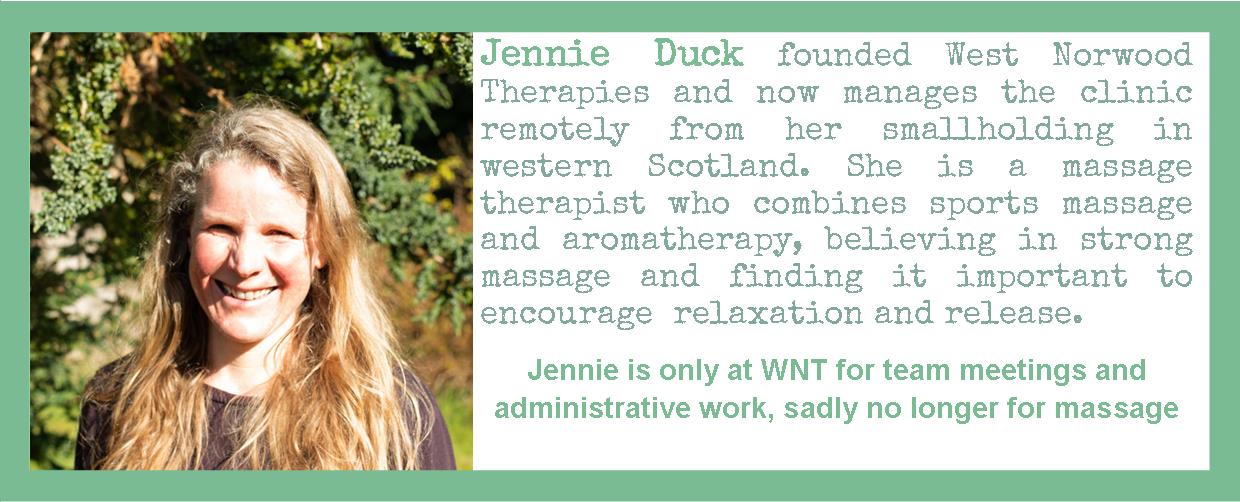
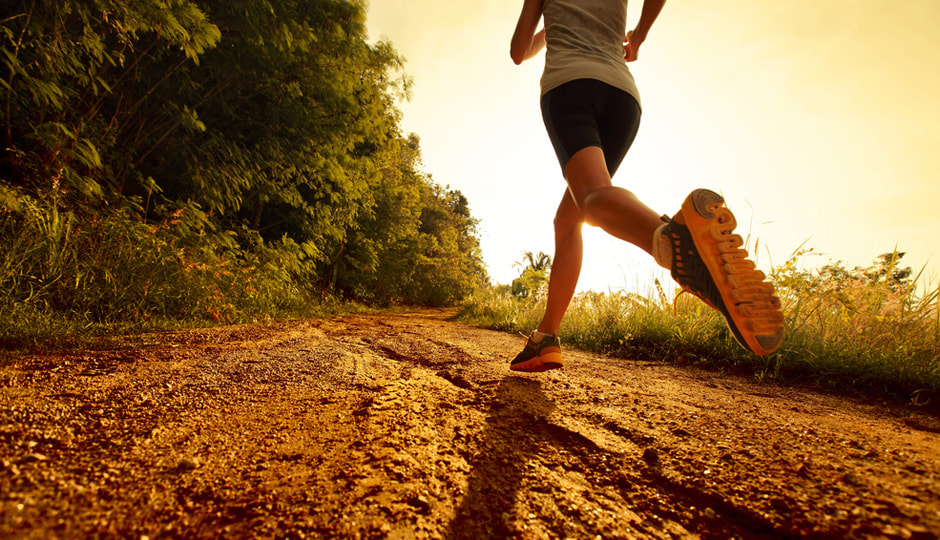
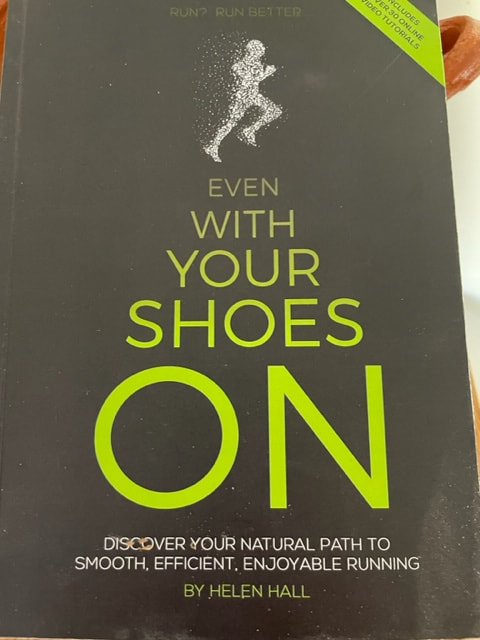
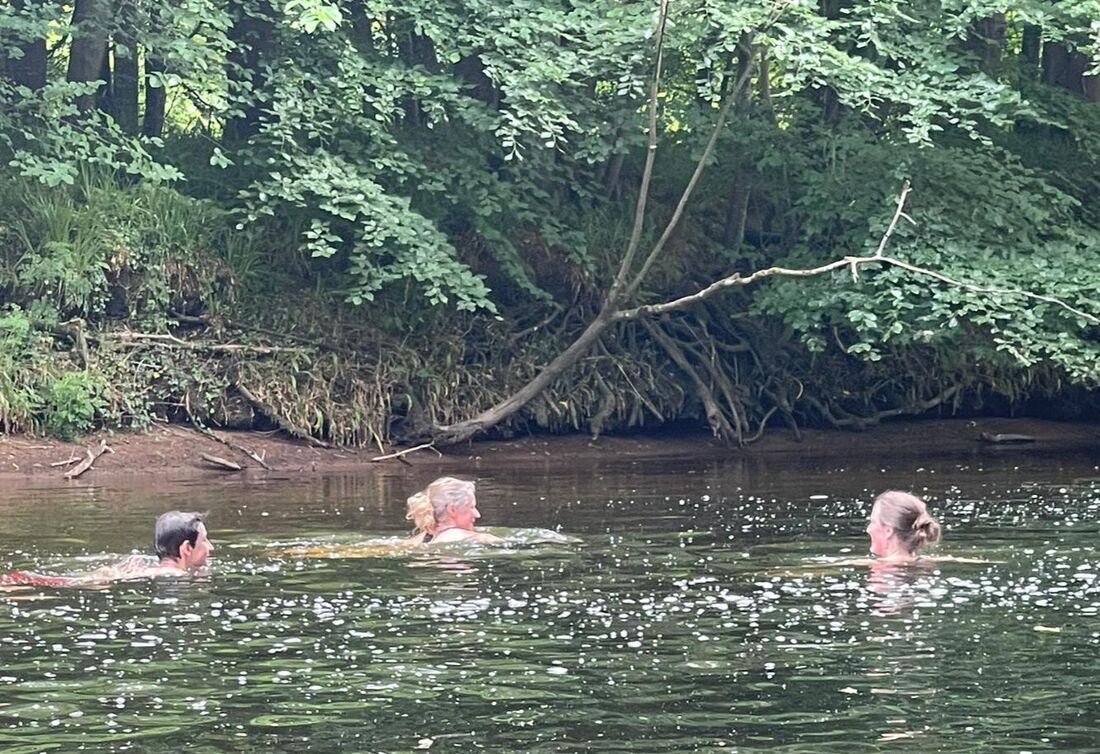
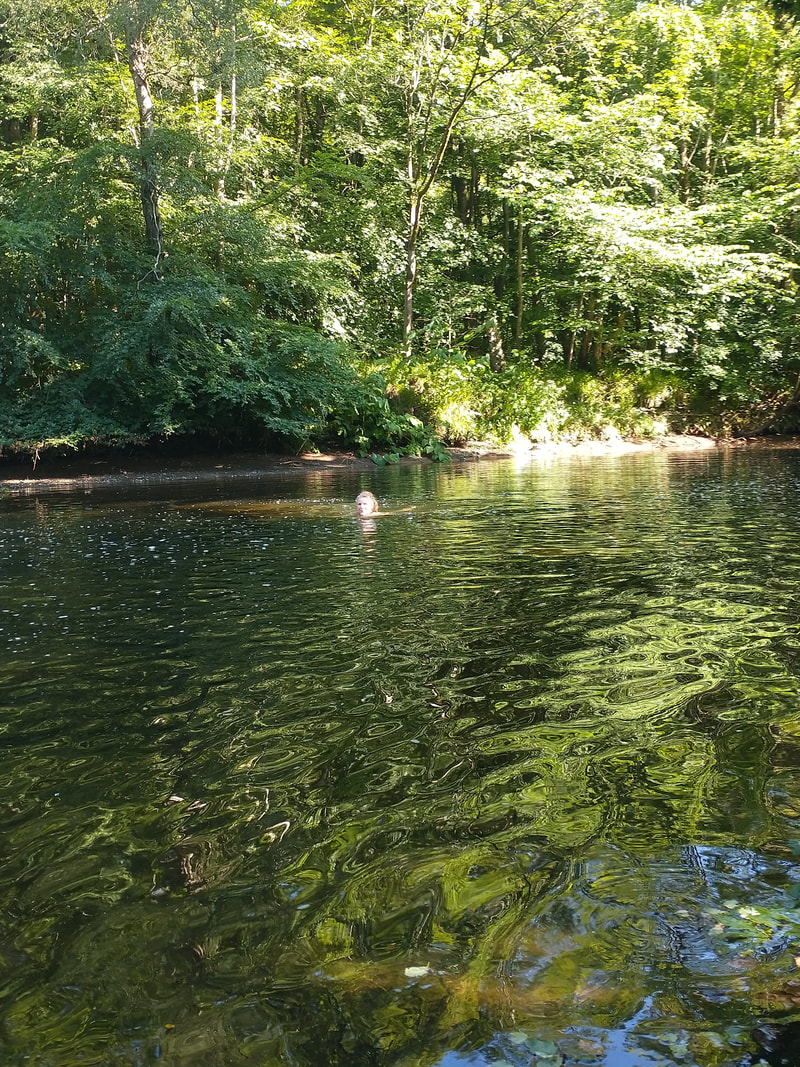
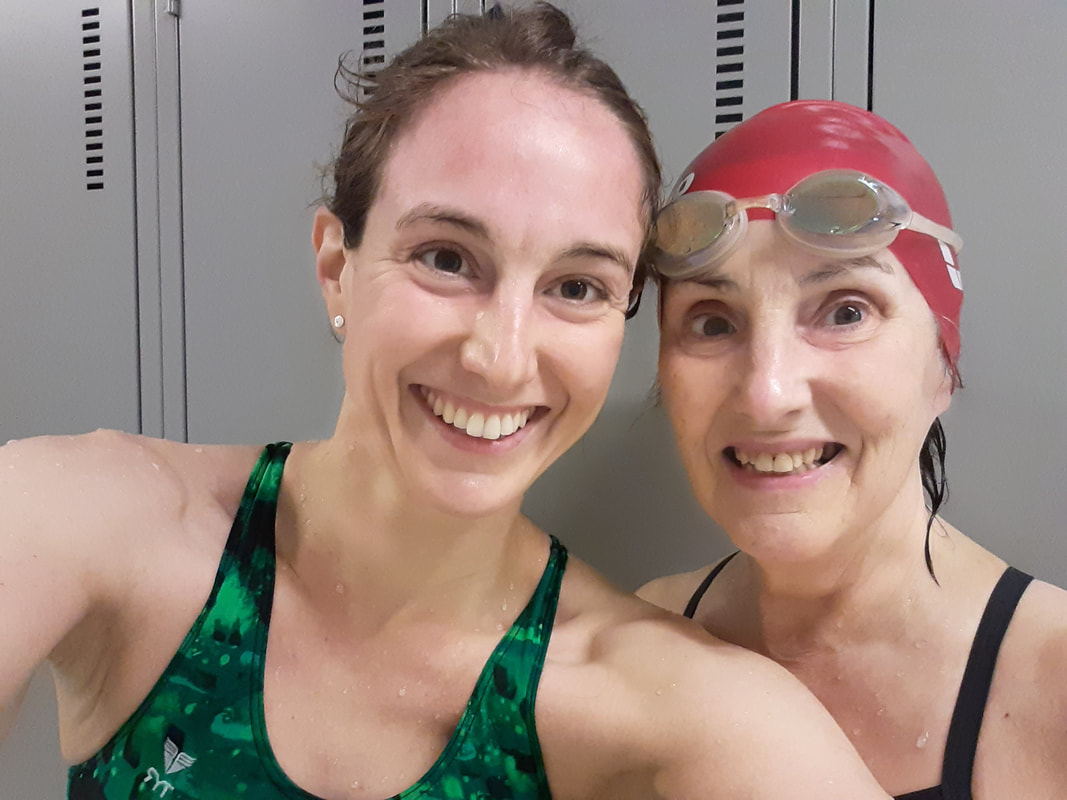
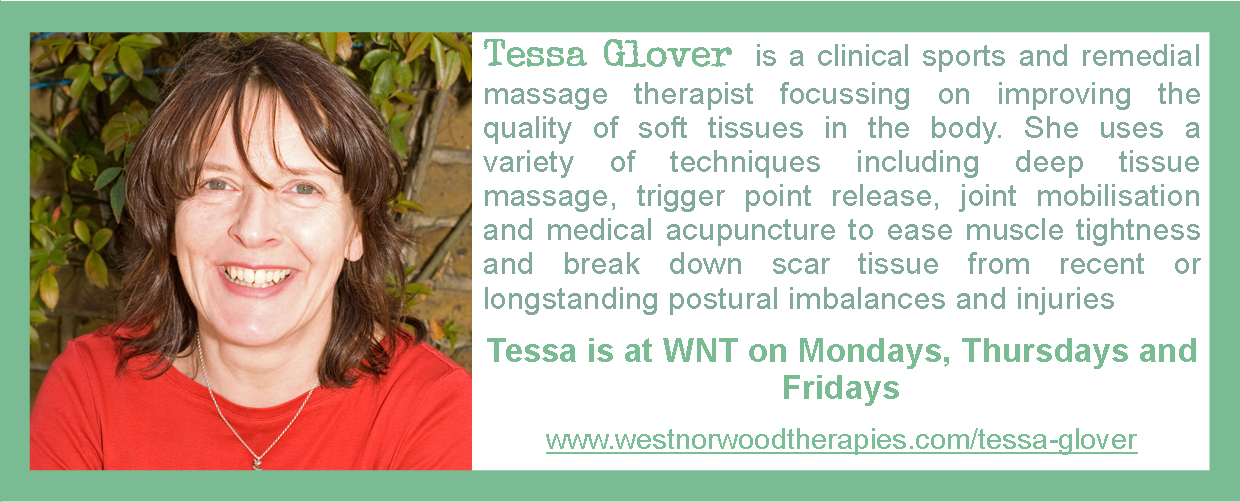
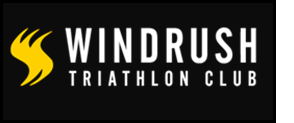
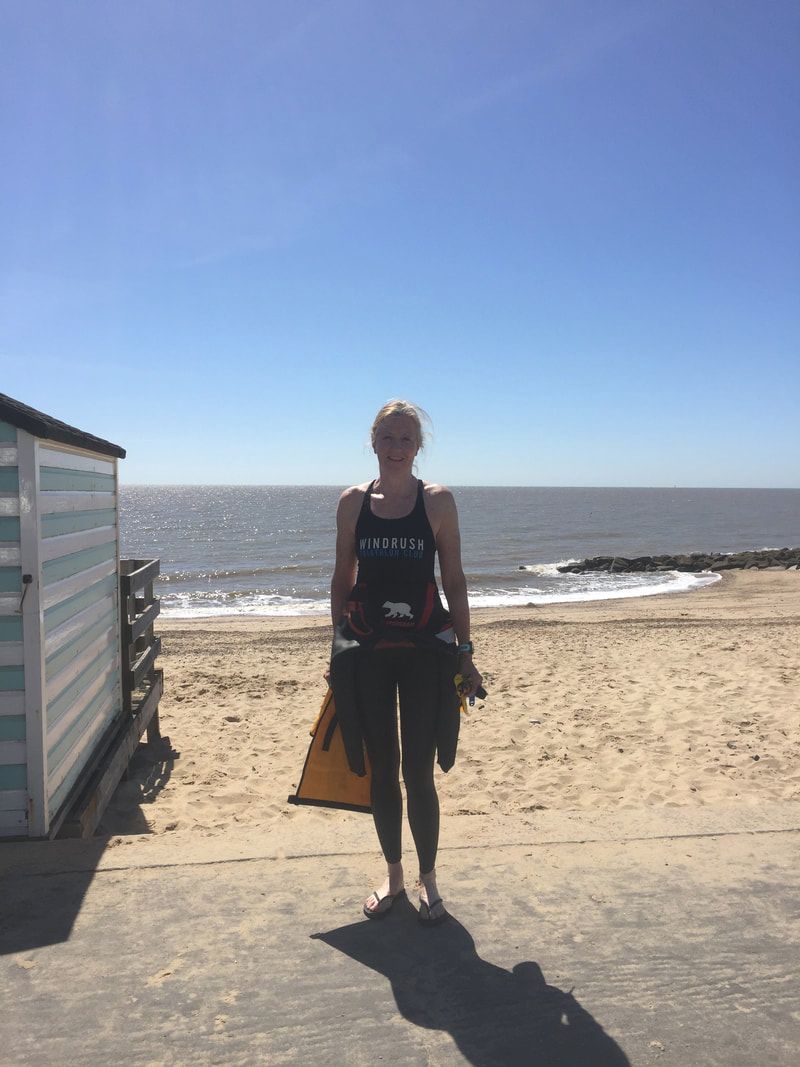
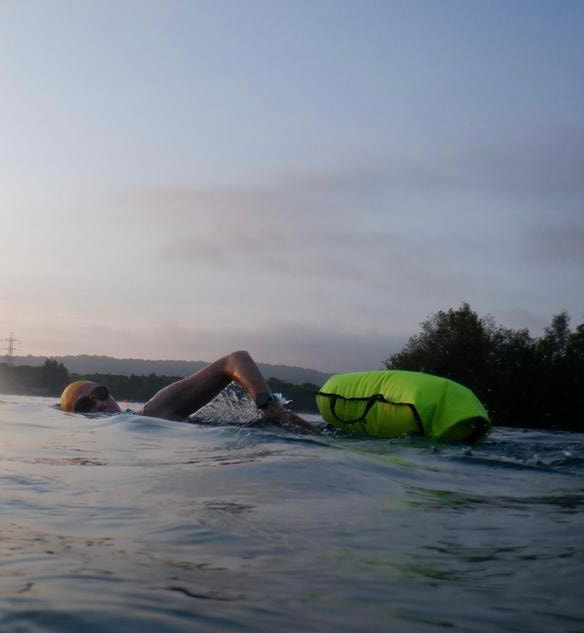
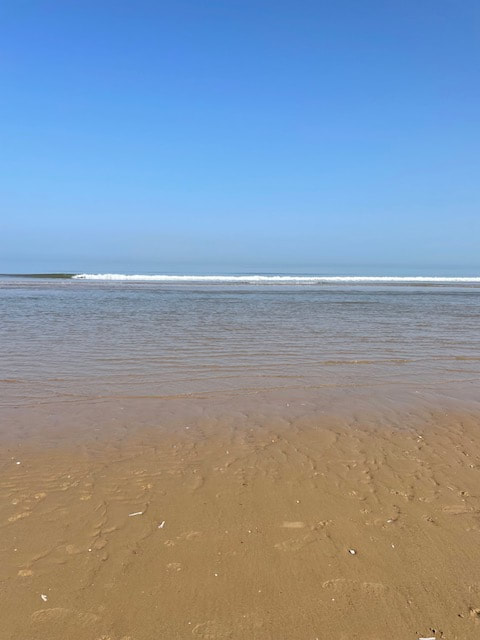
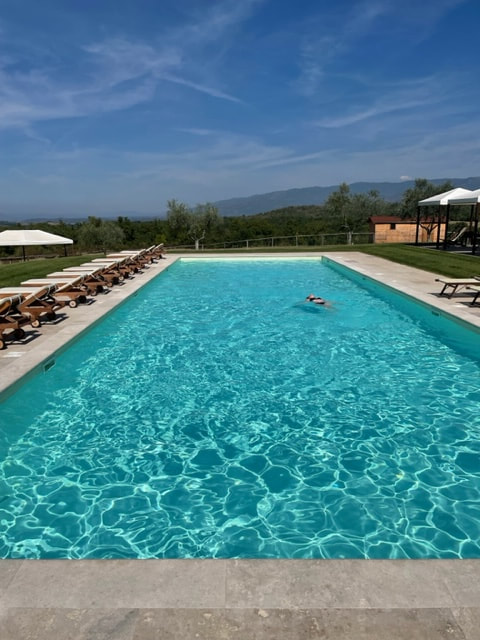
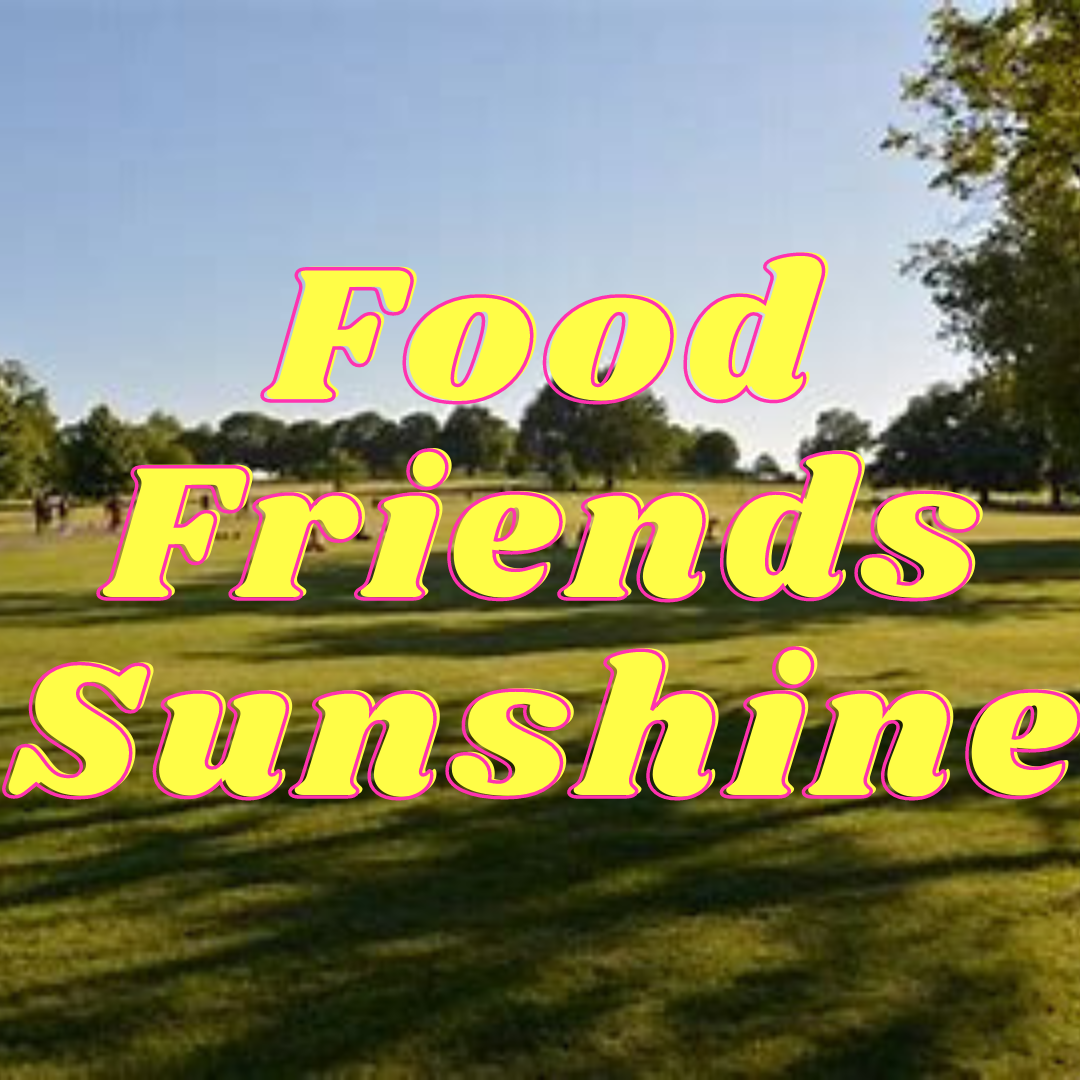
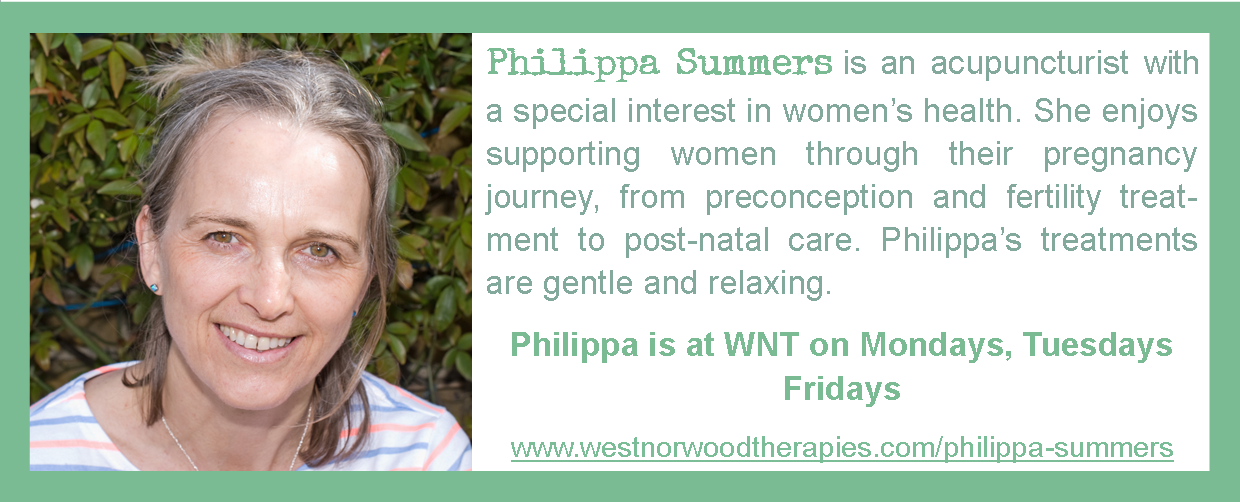
 RSS Feed
RSS Feed
